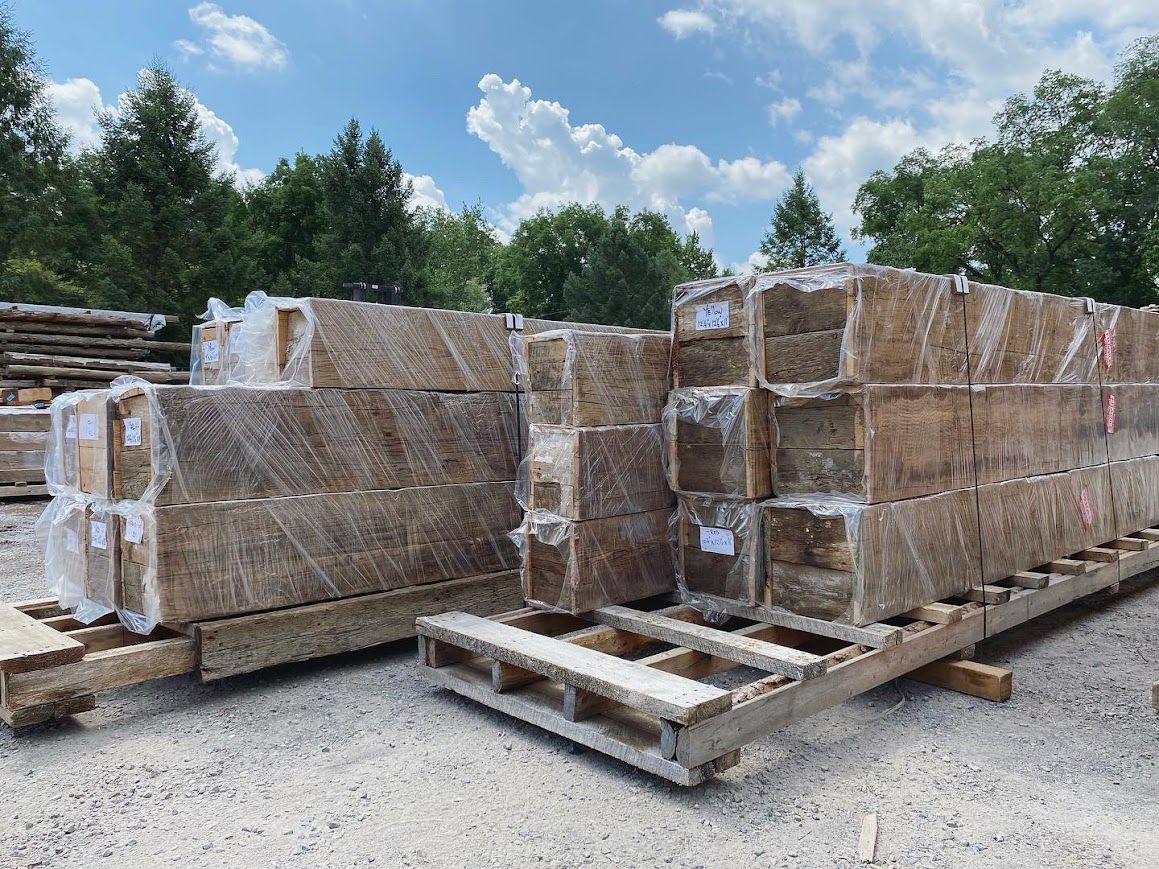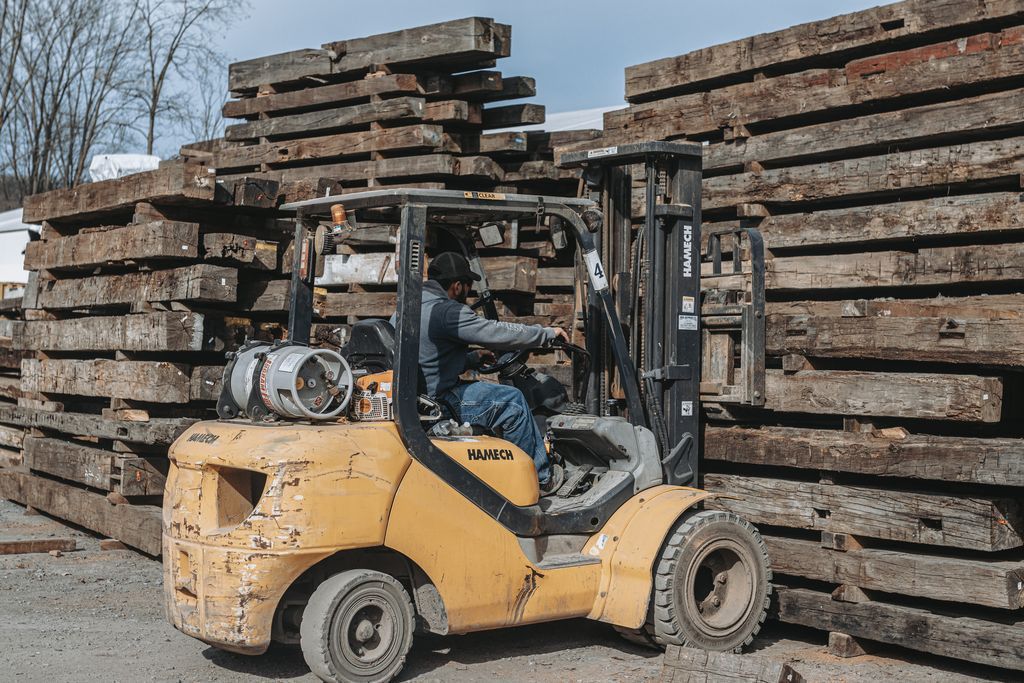Is Heavy Timber Construction the Strongest Build Method?
The strength and benefits of heavy timber construction

Heavy timber construction stands out for its durability when it comes to building methods that last. Structures built hundreds of years ago with this method still stand, proving their strength over time.
But is it really the strongest building method? Let's break it down to see why this traditional technique is so tough.
What Is Heavy Timber Construction?
Heavy timber construction uses big, solid wood pieces that are at least 5 inches thick in their smallest dimension. Unlike light-frame construction, which uses lots of small lumber pieces, heavy timber buildings are made with fewer but much larger wood pieces connected with traditional woodworking techniques.
Why Is Heavy Timber Strong?
Fire Resistance
It might seem odd, but heavy timber handles fire surprisingly well. Here’s why:
- The outer layer chars during a fire, forming a protective barrier.
- The core of the wood stays strong and doesn't burn through.
- It holds up better in a fire than unprotected steel, which quickly weakens under high heat.
Building codes even recognize heavy timber as naturally fire-resistant, so it often needs less fireproofing than other materials.
Long-Lasting Durability
Heavy timber buildings can last for centuries. Here are some examples:
- Many timber-frame buildings in Europe are over 500 years old.
- Colonial-era timber structures in the U.S. are still standing after 300+ years.
- These buildings often need very little repair work to stay sturdy over time.
Strength Against Natural Forces
Heavy timber can handle many environmental challenges, such as:
- Earthquakes: The flexible wood joints absorb shocks naturally.
- Strong winds: Heavy timber frames are sturdy and can bend under pressure without breaking.
- Moisture: Properly designed structures manage the natural expanding and shrinking of wood.
Comparing Heavy Timber to Other Methods
How does heavy timber stack up against other building methods like concrete or steel?
Concrete Construction
- Pros: Great at handling heavy loads, excellent fire resistance
- Cons: Can’t stretch or bend well, requires steel reinforcement, is less eco-friendly
Steel Construction
- Pros: Very strong for pulling or bending forces, allows precise designs
- Cons: Weakens quickly in fire, can develop rust, causes heat loss
Heavy Timber Construction
- Pros: Strong balance of properties, natural fire resistance, eco-friendly, long-lasting
- Cons: Large timbers can be hard to find, need skilled workers, and can be sensitive to moisture if designed poorly
How Timber is Used Today
Modern heavy timber construction is evolving with new technologies:
- Mass Timber Products: Engineered wood like cross-laminated timber (CLT) and glue-laminated beams (glulam) offer high strength and flexibility.
- Hybrid Designs: Structures combine timber with steel or concrete to get the best of all materials.
- Computer Modeling: Engineers use these tools to design efficient, strong timber structures.

Our Work with Historic Timber
At Bay & Bent, we specialize in restoring and repurposing historic timber frames. These frames, many from the 1700s and 1800s, are prime examples of how well heavy timber holds up over time.
We find and carefully disassemble these frames, restore each piece at our facility, and ship them to new life in custom homes and buildings around the world.
The Bottom Line
Is heavy timber the strongest building method? That depends on what you mean by "strongest."
- For handling weight, concrete is better.
- For bending and stretching, steel wins.
- For overall balance, heavy timber excels.
- For lasting centuries, heavy timber leads the way.
- And for being eco-friendly, timber is in a class of its own.
Heavy timber is so special because it performs well in many areas, not just one. It’s strong, fire-resistant, eco-friendly, and beautiful, giving it unmatched value for buildings meant to last generations.









